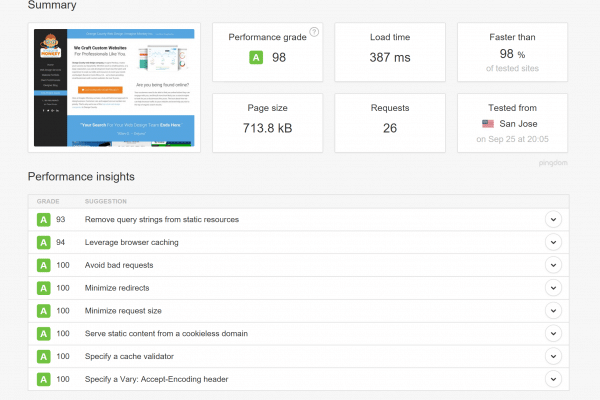Speed is King in Ecommerce
We live in an age of instant gratification. Today’s consumers grew up with electronic devices and the World Wide Web, and they expect a certain level of site performance during searches for information. As more consumers head online to shop for its convenience and speed, ecommerce sites need to make sure they are equipped to handle increased site traffic. Website slowdowns and malfunctions during peak shopping times can stop potential sales in their tracks. Prepare your business for as much traffic as possible with a few simple tips.
This Year’s Cyber Monday Mishaps
Every year, there are reports of ecommerce sites crashing or experiencing costly page-loading delays. While 2016 wasn’t as damaging a year as online retailers experienced from 2013 to 2015, there were still a few significant problems from major ecommerce brands between Black Friday and Cyber Monday. OldNavy.com experienced intermittent outages, along with Macy’s Inc., Victoria’s Secret, and Williams-Sonoma Inc.
Shoppers on Macy’s site encountered a screen on the homepage that blocked them from accessing the site for a good portion of the day. Heavy load traffic forced the site to create a queue, where shoppers had to wait for the system to count from one to 10 before letting them enter. A Macy’s spokesperson said the delay was entirely related to heavy traffic and not the site’s operation. She stated that overall Macy’s had a very successful Black Friday and Cyber Monday performance.
Fandango.com put consumers through a similar experience, funneling them through a virtual waiting room before they could purchase tickets. Sites that are unprepared to handle heavy influxes of traffic can risk losing customer trust, loyalty, and business. Even minor delays can lead to consumers clicking away and visiting competitor sites instead. Prepare your site for heavy traffic to avoid losing customers to irritating technical difficulties.
Master Customer Service in Times of Slow Speeds
As we head into 2017, page-loading speed will be more important than ever. Earlier this year, Google added page speed to its ranking algorithm, making it an integral part of search engine optimization (SEO) efforts around the world. Google realizes that consumers consider a site’s load time and want top search results to deliver fast information. As the world continues to demand instant access, ecommerce businesses need to ensure their sites are ready for anything.
The key to mastering heavy site traffic and gracefully resolving outages is anticipation. Prepare for foreseeable load time delays, such as during a sale or holiday, and address issues that are likely to occur. Create a site downtime plan to accommodate unexpected problems. Your plan should include a way to communicate with users, letting them know you’re aware of the issue and are working to solve it quickly. Send an apology to users with a coupon, thanking them for their continued business and understanding.
The Goal is a Marathon, Not a Race.
You may not always be able to avoid technical issues, but you can handle them with poise and avoid losing your customers. Do what you can to prevent site download delays and come up with a plan of action for worst-case scenarios. Excellent customer service can be your saving grace in times of trouble.



